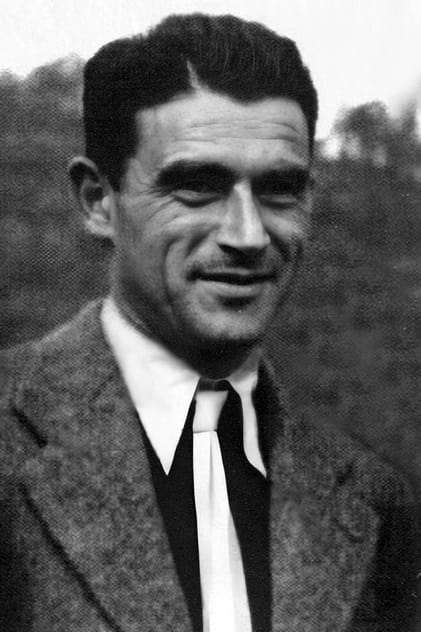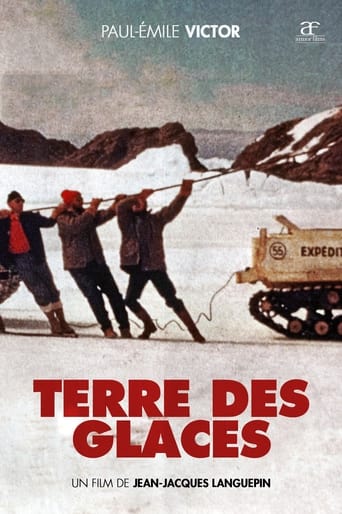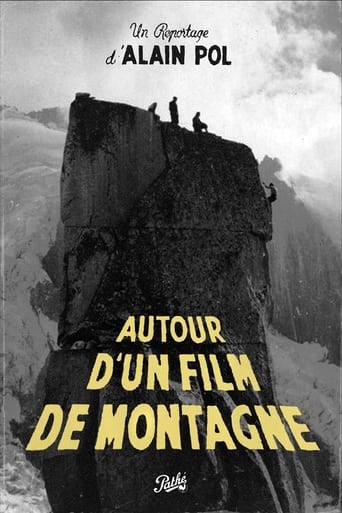
Raymond Latarjet
Raymond Latarjet, born in Lyon on October 17, 1911 and died in Neuilly-sur-Seine on June 3, 1998, was a French biologist and radiobiologist. He is the son of André Latarjet, professor of medicine in Lyon. Raymond Latarjet, first a physicist, then a doctor, was for twenty years the undisputed and prestigious leader of French radiobiology and gave it great international renown. He devoted his doctoral theses in science and medicine to ultraviolet rays and their attenuation by atmospheric ozone. By calculation, he establishes the relationship between the thickness of the ozone layer and the genotoxic activity (mutagenic and carcinogenic) of solar ultraviolet rays. This work was resumed in the 1970s. In 1945, Raymond Latarjet was among the very first young French scientists to obtain a scholarship for a one-year stay in the United States. A fruitful stay since he made two first-rate discoveries there and forged links with the greatest teams. He will study the viral mutations caused by ultraviolet rays and, with Salvador Luria, one of the founders of molecular biology, they demonstrate the variability of the infectious power of a bacteriophage during its multiplication cycle. They introduce a new method in the cycle of viruses, by establishing the so-called “Luria-Latarjet” curves, which allow the study of the intracellular cycle of a virus. With Milislav Demerec, an American geneticist of Croatian descent, he describes the appearance of delayed radiomutations in Escherichia coli, a pioneering work which, half a century later, will continue to fascinate radiobiologists and pose an enigma to them, that of the origin of this genetic instability. From 1946 his career will take place with Antoine Lacassagne, director of the biology section of the Institut Curie, of which he was the right arm, then the successor in 1954. With the discovery of the role of DNA in cellular life, radiobiology is then in the process of mutating. However, some researchers are abandoning this discipline for molecular biology. Raymond Latarjet understands that with the development of nuclear energy and the rise of radiotherapy, radiobiology is becoming a key discipline. He teaches it brilliantly at the National Institute of Nuclear Sciences and Techniques in Saclay and at the Institut Curie. At the same time, he created a research team in cellular biology and became director of the Inserm unit of physiopathology and cellular radiobiology in 1962. In 1970, he determined the action spectrum of ultraviolet radiation for the inactivation of the scrapie agent in sheep (from the group of transmissible spongy encephalopathies). This absorption spectrum was not that of a nucleic acid but of a protein. The hypothesis was deduced that genetic continuity could be ensured by proteins, whose identification as an infectious agent, the prion, dates from the 1980s. Raymond Latarjet was a brilliant, rigorous, independent mind, not accepting dogmas and received ideas. Also adventurous, he took part, alongside Paul-Emile Victor, in 1948, in an expedition responsible for the construction of the first French glaciological study station in Greenland.
- عنوان: Raymond Latarjet
- شعبية: 0.001
- معروف ب: Acting
- عيد الميلاد: 1911-11-17
- مكان الولادة: Lyon, Rhône, Rhône-Alpes, France
- الصفحة الرئيسية: https://www.inserm.fr/portrait/histoire/raymond-latarjet/
- معروف أيضًا باسم:


